Pirna-Sonnenstein
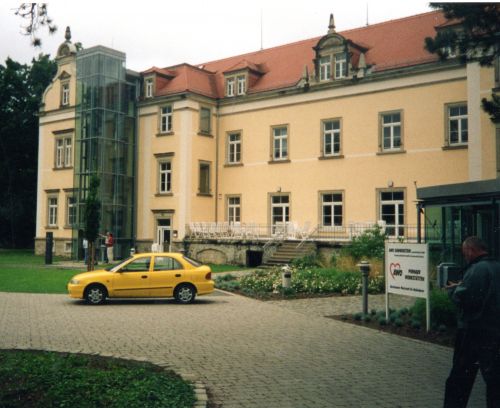
Pirna - Sonnenstein - 2002 (Chris Webb Private Archive)
Located in the town of Pirna, near Dresden above the River Elbe, Schloss Sonnenstein was built on the site of a former medieval castle and had been used as a mental home since 1811. It was the first major state institution in Germany to be explicitly dedicated to treating, rather than just interning, mentally ill patients. In the 19th century, the reform-orientated hospital was one of the most renowned institutions of its kind in Europe. In 1922, as a Heil und Pflegeananstalt (care and cure institution) it had housed 672 psychiatric patients.
In 1939, the respected long time director Paul Nitsche was at the head of the Pirna-Sonnenstein state hospital. In October 1939, the mental home was officially closed. A portion of the institution located behind the main buildings and not included as part of the killing centre, was used first as a military hospital, and then to house ethnic German refugees from Bessarabia. Another portion of the institution, also in the rear of the property, was retained as a regular mental hospital and assumed the name Mariaheim. Between early 1940, and June of that year, the part of the castle located in buildings 1-3 at the front of the property was converted into a euthanasia killing centre. Building 3, served as a reception area for the arriving victims and buildings 1-2, provided office space and staff quarters. Building 2 contained the actual killing facility, including the gas chamber and a crematorium with two stationary coke-fired ovens located in the basement.
A high brick-wall on two sides of the complex shielded it from outside observation, while a tall hoarding was erected to serve a similar purpose on the other two sides. Sleeping quarters for the stokers were provided in the attic of building C 16. The physician -in- charge, Dr. Horst Schumann, who transferred from Grafeneck T4 institution, arrived in late April 1940, to supervise the final remodelling and the killings began in June 1940. Pirna-Sonnenstein was to differ from most of the other T4 killing centres, because it did not occupy the entire complex, which made complete secrecy impossible.
From the end of June 1940, until September 1942, at least 15,000 people were killed within the scope of the euthanasia and Sonderbehandlung 14f13, the vast majority 13,720 had lost their lives due to the T4 programme. One male nurse testified that during his three week stay in July 1940, approximately 1,000 people had been gassed, including youngsters aged fifteen and sixteen.
On 28 July 1941, a special medical commission arrived in Auschwitz to select prisoners deemed unfit to work for transfer to the T4 institute at Sonnenstein-Pirna. This selection for gassing was the first one carried out in Auschwitz, but the actual killing took place outside the concentration camp. Most of the prisoners selected by this commission headed by Dr. Horst Schumann, who was later to return to Auschwitz to carry out sterilisation experiments on both male and female prisoners, came from Block 15, the convalescent block.
A total of 573 inmates, most of them Poles, were selected along with at the last moment, two German Kapo's Johann Siegruth and Ernst Krankemann, and the transport left for Pirna-Sonnenstein, under the watchful eye of Roll Call Leader Franz Hossler. On his return to Auschwitz Franz Hossler reported to commandant Rudolf Hoss, that the prisoners were gassed in a bathroom, where carbon monoxide gas was introduced through the showerheads. Also Hossler claimed that during the transport to Schloss Sonnenstein that Krankemann was murdered and that Siegruth committed suicide.
The staff at Sonnenstein-Pirna numbered approximately 100 in total. Approximately one third of them were transferred to the death camps in Poland, as part of Aktion Reinhardt, based on their experiences of deceiving, gassing and burning of innocent people. During August and September 1942, the Pirna-Sonnenstein killing centre was liquidated with the gas chamber and crematorium ovens dismantled and removed From October 1942, until 1945, the buildings were used as a military hospital and in the years after the end of the Second World War served a number of different local government and commercial functions.
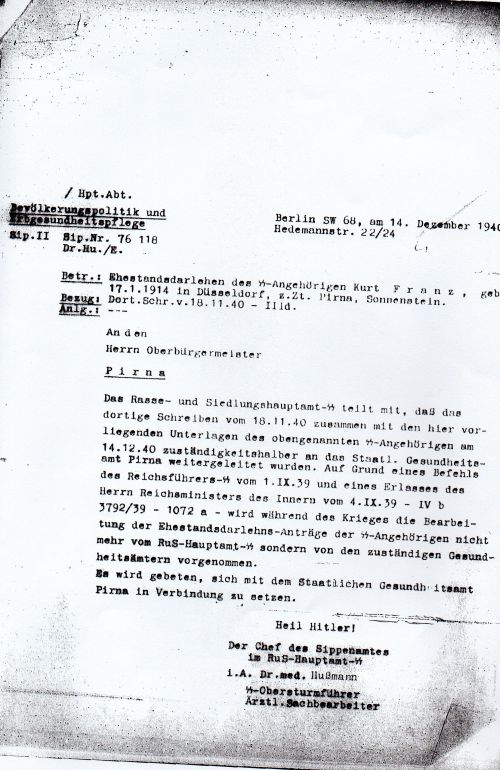
Kurt Franz Letter December 1940 from Pirna -Sonnenstein
Returning to the subject of those T4 personnel who served in the death camps in Poland, some very senior figures such as Kurt Franz, Gottlieb Hering, Lorenz Hackenholt, Heinrich Matthes, Gustav Munzberger, Paul Rost, Gerhard Borner, Otto Horn and Ernst Schemmel served at Pirna-Sonnenstein. Gustav Munzberger and his son Horst, were interviewed by Gitta Sereny, in her book, 'Into that Darkness' published in 1974: Horst recalled that:
'My mother and I visited him in Pirna, there was a special building, with 'common rooms' you know, for the staff, where we saw him. I remember, there were a lot of Balts around in the grounds, women and children too.'
Gustav Munzberger joined in the conversation:
'The Balts - oh they were just Umsiedler - resettlers - they had nothing to do with what was being done at Pirna. It was so big you see - they just used part of the grounds as a reception centre for these Baltic-Germans. Did I think what they were doing at Pirna wrong? I don't know ... some of them, the people who were brought there were so.... it was so dreadful - it really was a mercy for them to die.'
In the summer of 1947, a number of Aktion T4 members were among the accused in the Dresdener Arzteprozess (Doctor's Trial in Dresden). Professor Paul Nitsche, medical director and two male nurses were sentenced to death, and Nitsche was executed in Dresden on 25 March 1948. It took forty years before the part Pirna-Sonnenstein had played in the euthanasia programme was recognised and in 1989, the public commemoration of the bloody history of this euthanasia centre took place. After the German re-unification in 1989, an employee of the Tolkewitz municipal cemetery in Dresden discovered three mass graves containing the urns of euthanasia victims. They were exhumed by the German War Graves agency and laid to rest in a more dignified tomb in the Dresden -Tolkewitz cemetery in January 2004. Since 9 June 2000, a permanent exhibition has been on display in the rooms of building C16. The fate of twenty-two victims that represent the victims murdered at Pirna-Sonnenstein are documented in a memorial tract in the basement of the building.
Sources
Sereny, Gitta, Into the Darkness, Pimlico, London, 1974.
Friedlander, Henry. The Origins of Nazi Genocide: From Euthanasia to the Final Solution, University of North Carolina Press, Chapel Hill, 1995.
Kogon, Eugen; Langbein, Hermann; Rückerl, Adalbert; eds. Nazi Mass Murder, Yale University Press, New Haven and London, 1993
Lifton, Robert Jay. The Nazi Doctors – Medical Killing and the Psychology of Genocide, Papermac, London, 1990.
Ernst Klee, Euthanasia im Dritten Reich, published by Fischer Taschenbuch, 2010
www. Holocaustresearchproject.org - online resource
Photographs: Chris Webb Archive, Kurt Franz Album, NARA
© Holocaust Historical Society 2018
Pirna -Sonnenstein Images
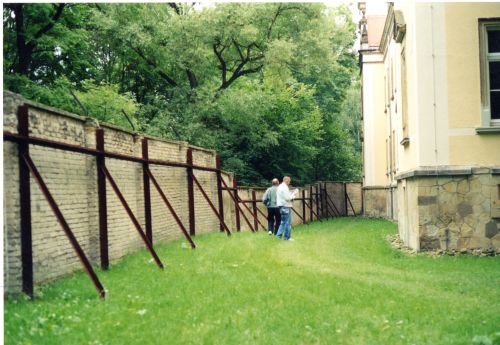
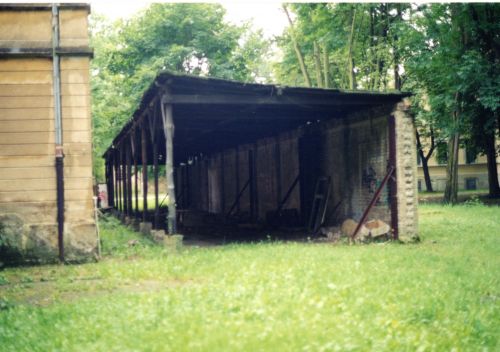
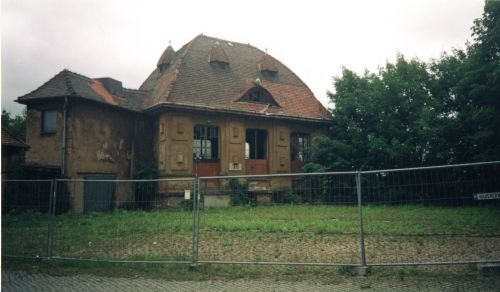
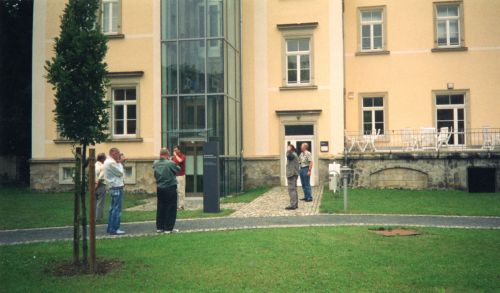
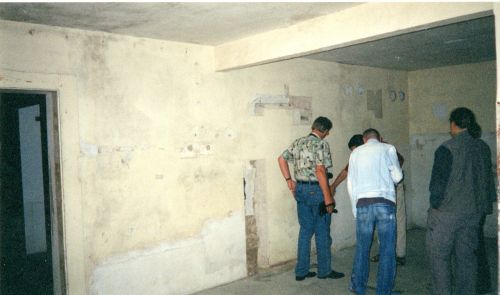
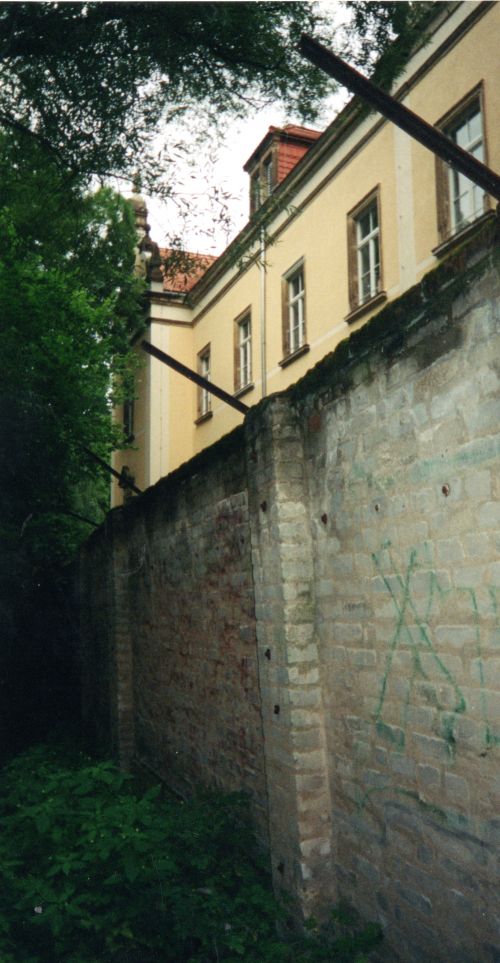
All of the above photographs were taken on the ARC Group Trip to Pirna in 2002
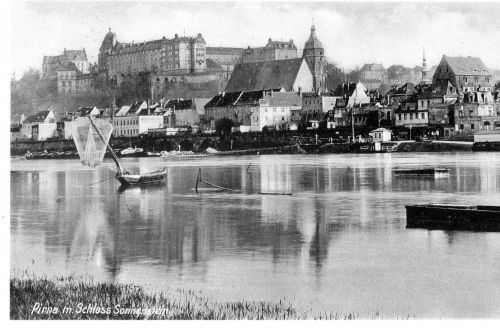
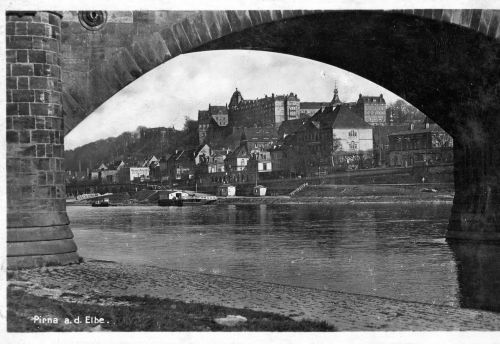
Pirna postcards 1939 top and 1944 bottom (Chris Webb Private Archive)
© Holocaust Historical Society 2018

